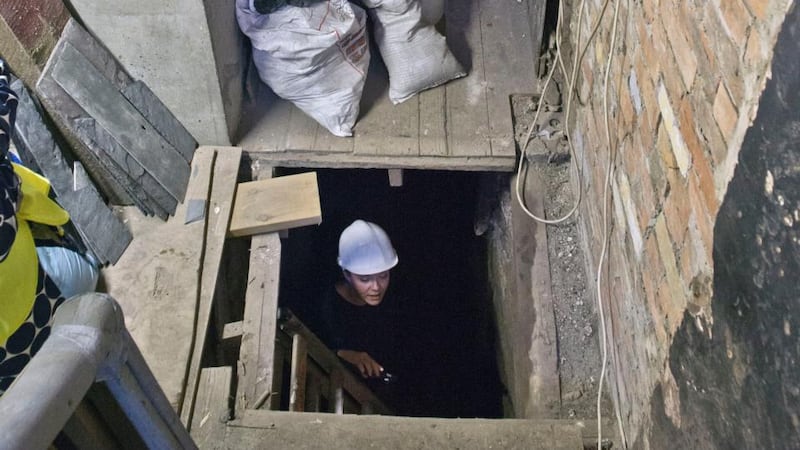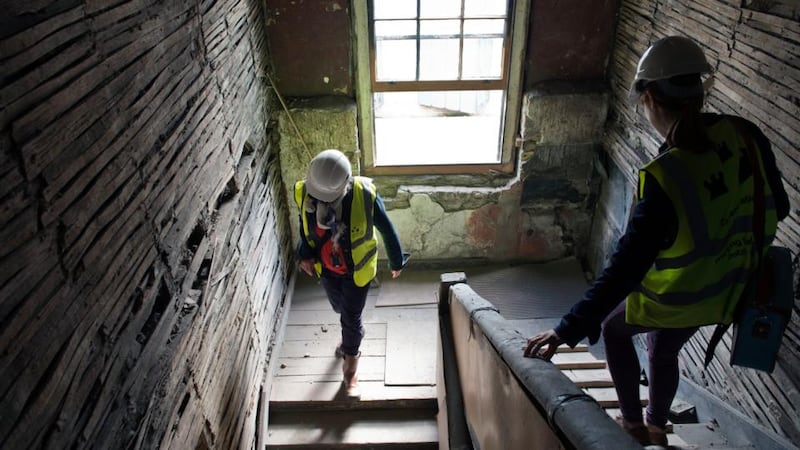Behind a very ordinary 1940s facade, on an unprepossessing Dublin street, lies medieval treasure.
Number 9/9a Aungier Street, which celebrates its 350th birthday this year, is considered the oldest, most intact domestic building in the city. It is one of the first buildings erected in the Aungier Estate, Dublin's first planned development, pre-dating the construction of Georgian Dublin.
Yet less than 20 years ago, the house, now considered one of the most important in the city’s architectural heritage, was on the verge of collapse.


Built as a home for the elite of Dublin society, with Capt Rupert Billingsley – instrumental to William of Orange's "glorious revolution", among its early residents, the house came down in the world over the centuries, becoming a merchant's home during the 18th and 19th centuries and tenements and flats in the 20th century.
It was a planning application to convert the building into apartments, not granted by Dublin City Council, which brought its age and significance to light. The four-storey building is classified as of "transitional typology", combining the timber framing techniques of medieval Ireland with mass masonry construction, making it a link between the medieval and Georgian cities.
“Dendrochronology, which involved testing the wooden beams in the building in 2012, allowed us to establish it was built no later than 1664,” Sunni Goodson, an architectural conservation specialist with Mesh Architects, said.
Over the centuries the internal features were mostly covered over rather than removed as fashion changed, making it a perfect repository of information about a “lost period in Dublin history”, she said. Lath and plaster internal walls represent “an extremely rare survival of 17th-centre building fabric in Ireland”.
A staircase with hand-moulded balustrades dates from an era before mechanisation, while large projecting chimney breasts covered in hair and lime plaster and original whitewash beams are all typical of early to mid-17th century houses, but are rarely still found in Ireland.
A conservation plan will be developed for the building’s future use in consultation with its owner, PJ McGrath.










